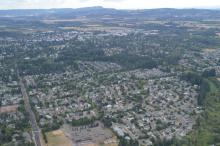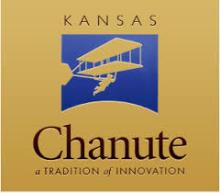Weaving a Fiber Net Through Oregon’s Silicon Forest: Hillsboro’s Municipal Network Goes Live
HiLight — Hillsboro, Oregon’s (pop. 105,000) citywide Fiber-to-the-Home (FTTH) network — has officially launched and begun connecting its first subscribers. After five years of consideration and planning, it’s an exciting moment, with hundreds of homes and businesses brought online over the last few months. Over the next seven years, at least $28 million will be put towards the rollout, bringing the municipal network to tens of thousands of locations across the city.
Hillsboro sits just outside of Portland, and has been looking for better connectivity options for years. A large proportion of its population is comprised of tech workers and residents with advanced degrees; the city, in fact, anchors the state’s Silicon Forest, so named for the group of technology firms employing tens of thousands of workers across three Intel campuses as well as operations by Oracle, Salesforce, Epson, and Synopsis. A citywide fiber network serves to provide competition and capacity to keep them in the area:
Hillsboro is the tallest tree in the Silicon Forest and the center of Oregon’s high-tech cluster. With an affordable high-speed network, Hillsboro’s homegrown talent — our students and entrepreneurs — will be better positioned to lead the world in innovating for the future. Hillsboro will continue to attract and retain talent and be a hub for innovation.
But Hillsboro also faces a stark digital divide fueled by economic inequality, and bridging it has been one of the city council’s (and now the network’s) main agenda items. This has driven the project’s second focus: bringing affordable, high-quality access to economically vulnerable residents stuck with no quality options today. It’s why the city has introduced one of the fastest low-cost access program we’ve seen established by any broadband network in the United States, with qualifying families getting access to symmetrical gigabit service for $10/month.
Putting Glass in the Ground



